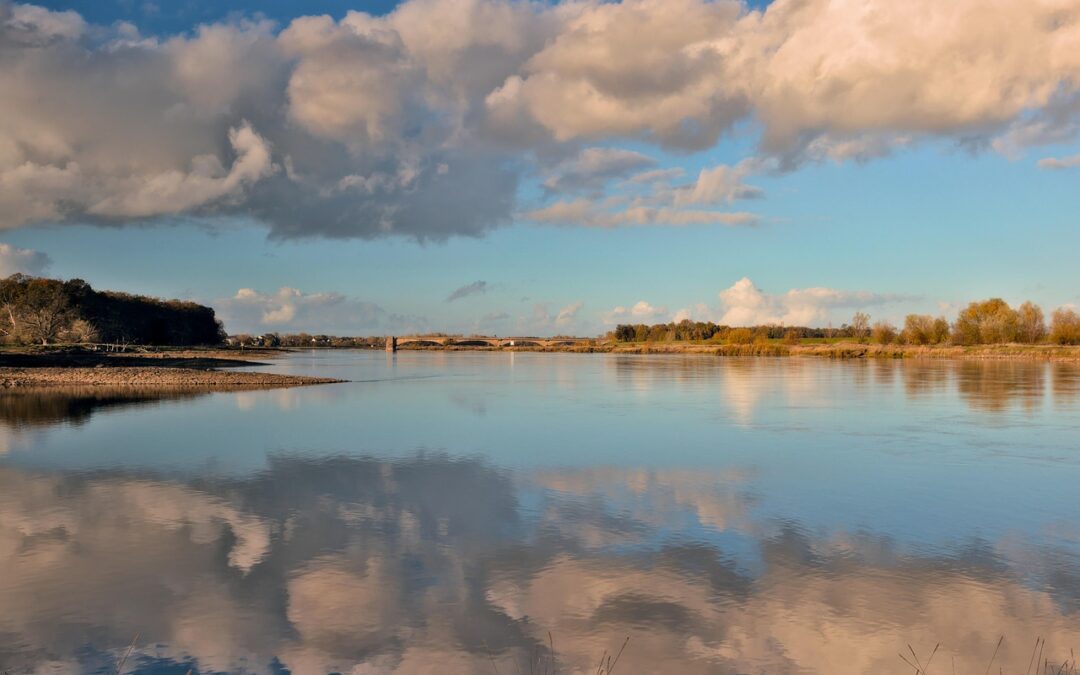Contents
- 1 Riverside Landscaping: A Guide to Materials and Design
- 1.1 1. Native Plants: Embrace the Local Flora
- 1.2 2. Rocks for Erosion Control and Natural Appeal
- 1.3 3. Pebbles for Drainage and Aesthetics
- 1.4 4. Concrete: A Versatile and Durable Option
- 1.5 5. Pergolas and Trellises: Shady Retreats
- 1.6 6. Lighting for Ambiance and Safety
- 1.7 7. Water Features: Tranquility and Biodiversity
Riverside Landscaping: A Guide to Materials and Design
TL;DR: Landscaping riverside areas requires careful material selection and design considerations. Native plants, rocks, pebbles, and concrete work wonders to enhance beauty, prevent erosion, and create sustainable environments.
1. Native Plants: Embrace the Local Flora
Embrace the beauty of native plants that thrive along riverbanks. They are adapted to the local climate and soil conditions, requiring less maintenance and water. Consider species like rushes, sedges, and water lilies that can tolerate wet and humid environments.
2. Rocks for Erosion Control and Natural Appeal
Rocks play a vital role in stabilizing riverbanks and preventing erosion. Choose rocks native to the area, such as limestone, sandstone, or granite, for a natural aesthetic that blends with the surroundings. Arrange them strategically to create terraces, channel water flow, and enhance visual interest.
3. Pebbles for Drainage and Aesthetics
Pebbles, smaller than rocks, provide excellent drainage while adding an elegant touch to riverside landscaping. Spread them over the soil to reduce compaction and allow water to percolate. Their rounded shape prevents soil erosion and creates a smooth, walkable surface.
4. Concrete: A Versatile and Durable Option
Concrete offers durability and versatility in riverside landscaping. It can be used to create patios, walkways, steps, and retaining walls. Its customizable nature allows for unique designs that complement the natural surroundings.
5. Pergolas and Trellises: Shady Retreats
Incorporate pergolas or trellises to create shaded retreats along the riverbank. They provide a cozy spot to relax and enjoy the views while protecting from the sun and wind. Plant climbing vines or flowering plants on these structures to enhance the aesthetics.
6. Lighting for Ambiance and Safety
Don’t forget about lighting to enhance the beauty and safety of riverside areas. Install path lights, recessed lights, or lanterns to illuminate walkways, patios, and steps. This creates a welcoming atmosphere and makes the space more enjoyable during the evening.
7. Water Features: Tranquility and Biodiversity
Add the soothing sounds of water to your riverside landscaping with water features like ponds, waterfalls, or fountains. They provide visual interest, attract wildlife, and create a sense of tranquility. Choose designs that blend with the natural surroundings and consider using native aquatic plants to support biodiversity.

